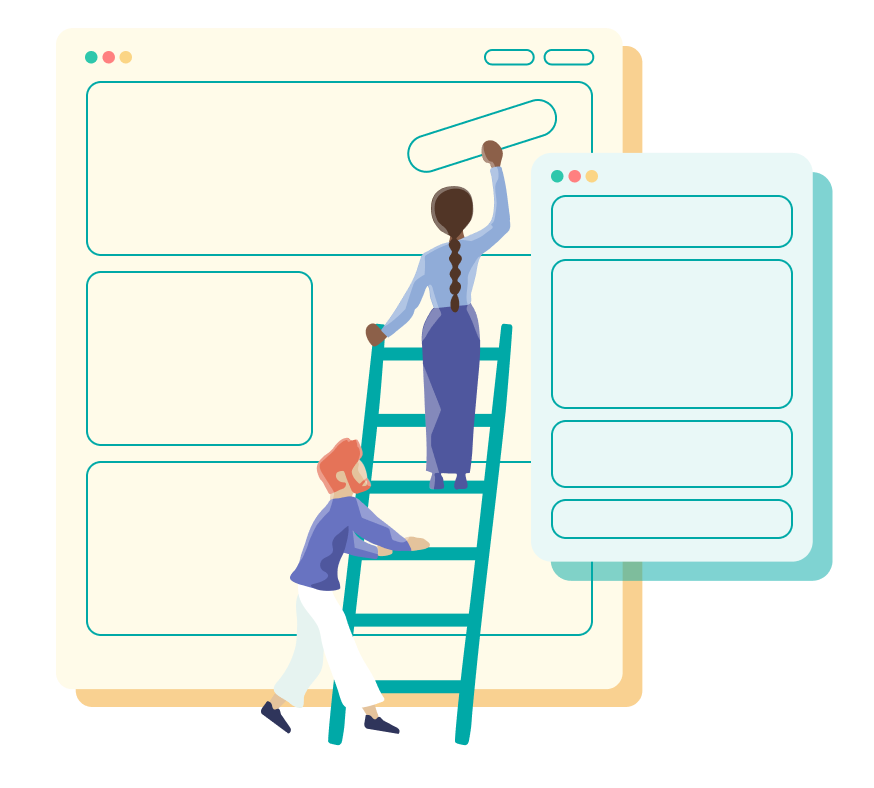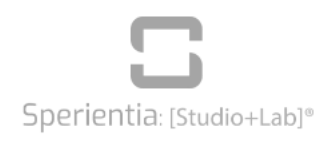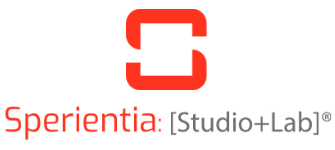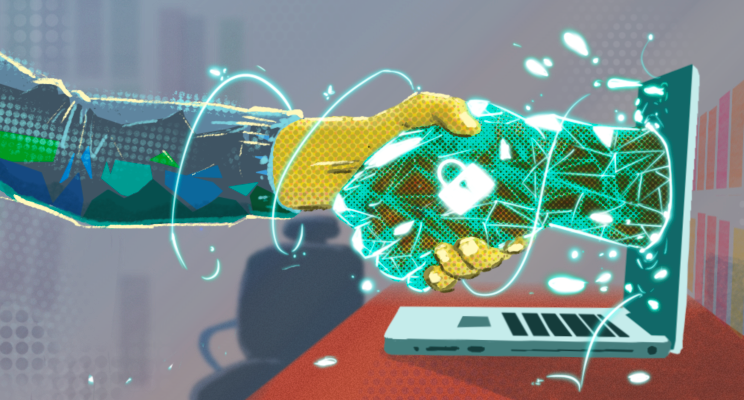Companies need to be agile and adaptable to succeed in today’s fast-paced world. One of the ways they do this is through rapid prototyping. Simply put, rapid prototyping is quickly creating a prototype or a model of a product or service to test and validate its feasibility, functionality, and design. It is an iterative process that allows companies to test different ideas and gather feedback from stakeholders before investing significant time and resources into a final product.
One of the most significant advantages of rapid prototyping is speed. In the past, it could take months or even years to develop a product from conception to launch. With rapid prototyping, companies can compress that timeline to weeks or even days. This means they can get their products to market faster and stay ahead of the competition.
Another benefit of rapid prototyping is cost-effectiveness. By testing different product versions early in the design process, companies can identify flaws and make changes before investing significant resources in designing. This helps to minimize the risk of expensive mistakes and ensures that the final product meets customer expectations.














































